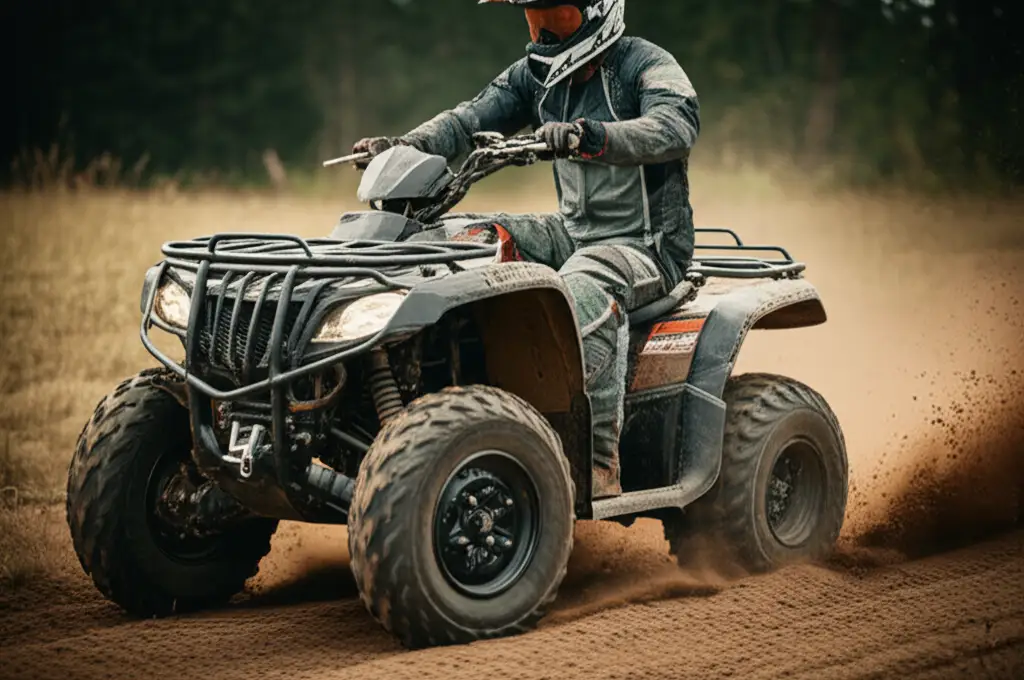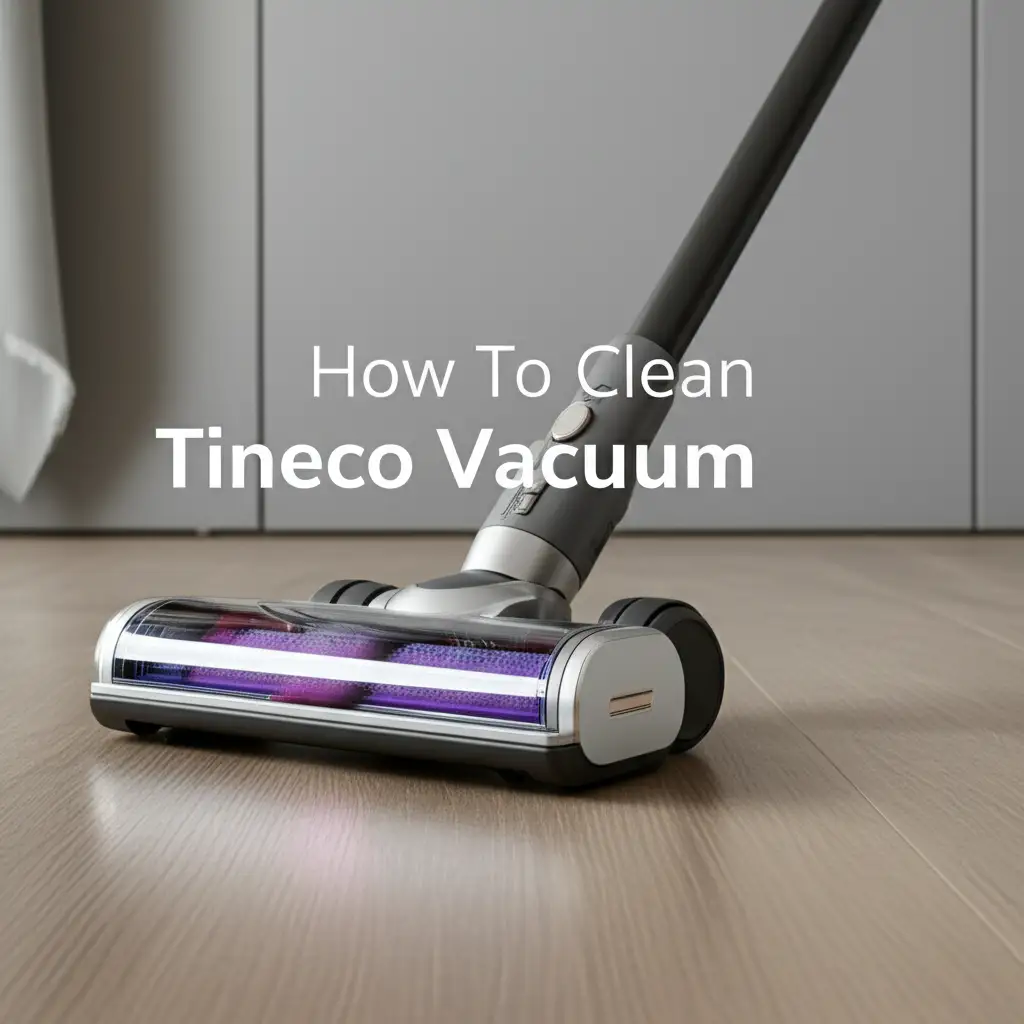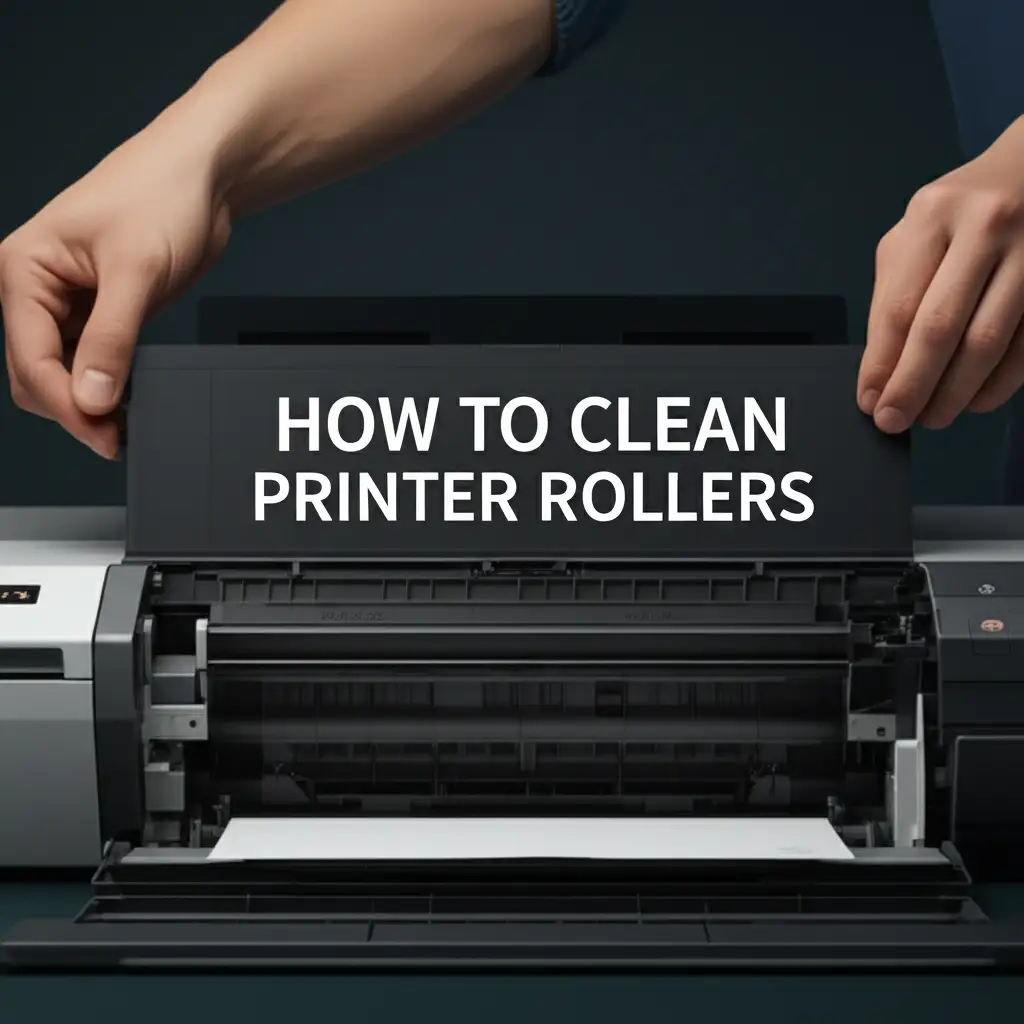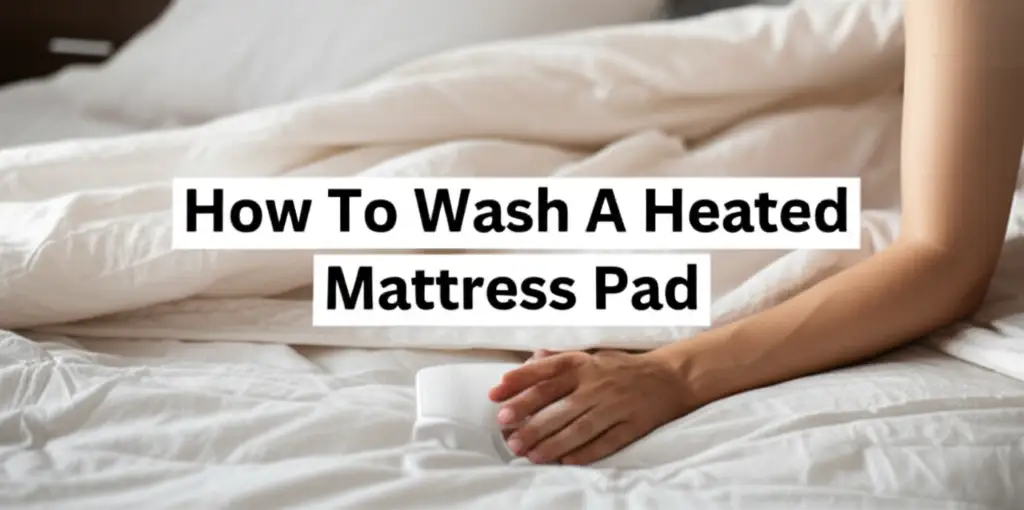· Outdoor & Recreation · 6 min read
How To Clean Your Tricycle

A Sparkling Ride: How To Clean Your Tricycle
Is your child’s tricycle covered in dirt, mud, and who-knows-what-else after a fun day of riding? A dirty tricycle isn’t just unsightly; it can also affect its performance and potentially harbor germs. Cleaning your tricycle regularly is important for your child’s safety and to extend the life of the toy. This guide will show you exactly how to clean your tricycle, from a quick wipe-down to a more thorough deep clean. We’ll cover everything you need, step-by-step instructions, and tips for keeping it looking its best. Let’s get started and make that tricycle shine!
Quick Answer: To clean a tricycle, wipe down the frame with a damp cloth and mild soap, scrub tires and wheels, rinse thoroughly, and dry completely. Lubricate moving parts for smooth operation.
Takeaway:
- Regular cleaning prevents dirt buildup.
- Proper drying avoids rust.
- Lubrication ensures smooth rides.
Why Cleaning Your Tricycle Matters
Think about all the places a tricycle goes! From sidewalks to grassy yards, it picks up a lot of grime. Regularly cleaning your child’s tricycle isn’t just about appearances. It’s about maintaining a safe and functional toy. Dirt and debris can cause parts to wear down faster, making the tricycle harder to pedal or steer.
Furthermore, a clean tricycle is a healthier tricycle. Germs and bacteria can accumulate on surfaces, especially if the tricycle is used outdoors. A simple cleaning routine can help minimize these risks, keeping your child safe and healthy. Plus, a clean tricycle is simply more enjoyable for your child to ride!
Gathering Your Cleaning Supplies
Before you begin, gather everything you’ll need. Having all your supplies ready will make the cleaning process much smoother and more efficient. You won’t have to stop mid-clean to search for something. Here’s a list of what you’ll need:
- Bucket: For mixing your cleaning solution.
- Mild Soap: Dish soap works well, or a dedicated toy cleaner.
- Water: Warm water is best for dissolving soap and loosening dirt.
- Sponges or Cloths: Microfiber cloths are excellent for cleaning and drying.
- Soft Brush: An old toothbrush or a small scrub brush is great for getting into tight spaces.
- Garden Hose (Optional): For rinsing, but avoid high pressure.
- Lubricant: Bicycle chain lubricant or WD-40 for moving parts.
- Screwdriver (Optional): For disassembling parts for a deeper clean.
Step-by-Step Tricycle Cleaning Guide
Now that you have your supplies, let’s get cleaning! This process is broken down into easy-to-follow steps. Remember to supervise children if they are helping with the cleaning process. Safety first!
- Initial Wipe Down: Start by wiping down the entire tricycle with a dry cloth to remove loose dirt and debris. This prevents spreading the dirt around when you start washing.
- Prepare Cleaning Solution: Fill your bucket with warm water and add a small amount of mild soap. Mix well to create a soapy solution.
- Wash the Frame: Dip a sponge or cloth into the soapy water and thoroughly wash the tricycle frame. Pay attention to areas that are particularly dirty, like the handlebars and seat.
- Clean the Wheels and Tires: Use a brush to scrub the tires and wheels, removing dirt, mud, and grime. You can use the same soapy water solution.
- Rinse Thoroughly: If you have a garden hose, use it to rinse the tricycle thoroughly with clean water. If not, use a bucket of clean water and a sponge. Ensure all soap residue is removed.
- Dry Completely: Use clean, dry cloths to dry the entire tricycle. This is important to prevent rust, especially on metal parts.
- Lubricate Moving Parts: Apply lubricant to the chain, pedals, and any other moving parts. This will ensure smooth operation and prevent squeaking.
Deep Cleaning: Taking it a Step Further
For a truly thorough clean, you can disassemble some parts of the tricycle. This allows you to reach areas that are difficult to clean otherwise. However, this step is optional and requires a bit more effort.
- Remove the Seat: If possible, remove the seat and wash it separately with soapy water.
- Detach the Pedals: Unscrew the pedals and clean them individually.
- Clean the Chain: Remove the chain (if possible) and soak it in a degreaser before scrubbing and lubricating.
- Inspect for Damage: While disassembled, take the opportunity to inspect the parts for any damage or wear and tear. Replace any worn or broken parts.
Cleaning Different Tricycle Materials
Tricycles are made from various materials, each requiring slightly different cleaning approaches. Knowing the material of your tricycle will help you choose the right cleaning method.
- Metal Frames: Metal frames are durable but prone to rust. Always dry metal parts thoroughly after washing and apply a protective coating if necessary. You can find resources on https://www.beacleaner.com/how-to-remove-rust-from-knives-with-baking-soda/ for rust removal tips.
- Plastic Parts: Plastic is easy to clean with soapy water. Avoid using harsh chemicals or abrasive cleaners, as they can damage the plastic.
- Fabric Seats: Fabric seats can be cleaned with a mild detergent and a damp cloth. For stubborn stains, you may need to use a fabric stain remover.
- Rubber Tires: Rubber tires can be scrubbed with a brush and soapy water. You can also use a tire shine product to keep them looking new.
Maintaining a Clean Tricycle: Preventative Measures
Cleaning your tricycle is important, but preventing it from getting too dirty in the first place is even better! Here are a few tips for maintaining a clean tricycle:
- Store Indoors: When not in use, store the tricycle indoors or in a covered area to protect it from the elements.
- Regular Wipe Downs: Give the tricycle a quick wipe down after each use to remove loose dirt and debris.
- Avoid Muddy Areas: Try to avoid riding the tricycle in muddy or excessively dirty areas.
- Protective Cover: Consider using a protective cover to shield the tricycle from dust and dirt when stored.
- Inspect Regularly: Regularly inspect the tricycle for any signs of dirt buildup or damage.
Frequently Asked Questions (FAQ)
- How often should I clean my tricycle? Ideally, you should give your tricycle a quick wipe-down after each use and a more thorough cleaning every month or two, depending on how often it’s used and the conditions it’s ridden in.
- Can I use a pressure washer to clean my tricycle? Avoid using a pressure washer, as the high pressure can damage the tricycle’s parts.
- What’s the best way to remove stubborn stains? For stubborn stains, try using a mild stain remover specifically designed for the material of the tricycle.
- Is it safe to use bleach to clean my tricycle? No, avoid using bleach, as it can damage the tricycle’s materials and is harmful to children.
- How do I prevent rust on my tricycle? Always dry the tricycle thoroughly after washing, especially metal parts. You can also apply a protective coating to prevent rust.
- What kind of lubricant should I use? Bicycle chain lubricant or WD-40 are good options for lubricating moving parts. You can learn more about cleaning floors with similar products at https://www.beacleaner.com/how-to-clean-hardwood-floors-with-vinegar/.
Conclusion: Keep Rolling with a Clean Tricycle
Keeping your child’s tricycle clean is a simple yet important task. By following these steps, you can ensure a safe, fun, and long-lasting ride. Remember to wipe down the frame, scrub the wheels, rinse thoroughly, and dry completely. Don’t forget to lubricate those moving parts! A clean tricycle isn’t just about appearances; it’s about your child’s safety and enjoyment. So, grab your supplies and get cleaning – your little one will thank you for it! For more cleaning tips and tricks, explore our other articles at Beacleaner.com.
- tricycle cleaning
- kids toys
- outdoor toys
- cleaning guide




